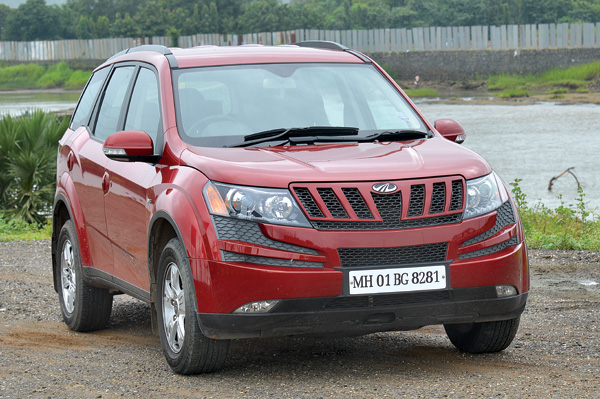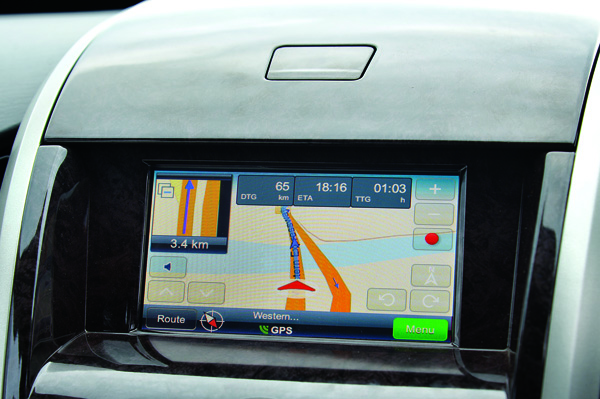What’s new?
It is hard to look at the Nissan Terrano and not turn back for a second glance. It is quite an attractive looking SUV. During our test drive, we came across a number of inquisitive folk who seemed impressed with the way this SUV presents itself. Yes,the Terrano may wear a Nissan badge on its nose but it is a Renault Duster underneath. But is that such a bad thing? The Duster is a great all-round package and has been a hit with us Indians, and the Terrano just takes this same package and dresses it up in a sharper suit. But the changes to spruce up the car both inside and out have come at a premium, and put the Terrano square into the Mahindra XUV500’s territory.
Mahindra has been busy silently improving the XUV500 by fine-tuning the brakes, suspension, clutch and improving the build quality too. All these subtle improvements promise to rid the XUV of many niggling issues that plagued the original car. Just like before, it is crammed with more features than you would probably ever need.
The Mahindra is easily a size larger than the Nissan too, but size isn’t everything - if it was, we’d all be driving basic XXL-sized MPVs. So, does this sharp looking Nissan have what it takes to go head to head with our local here?



